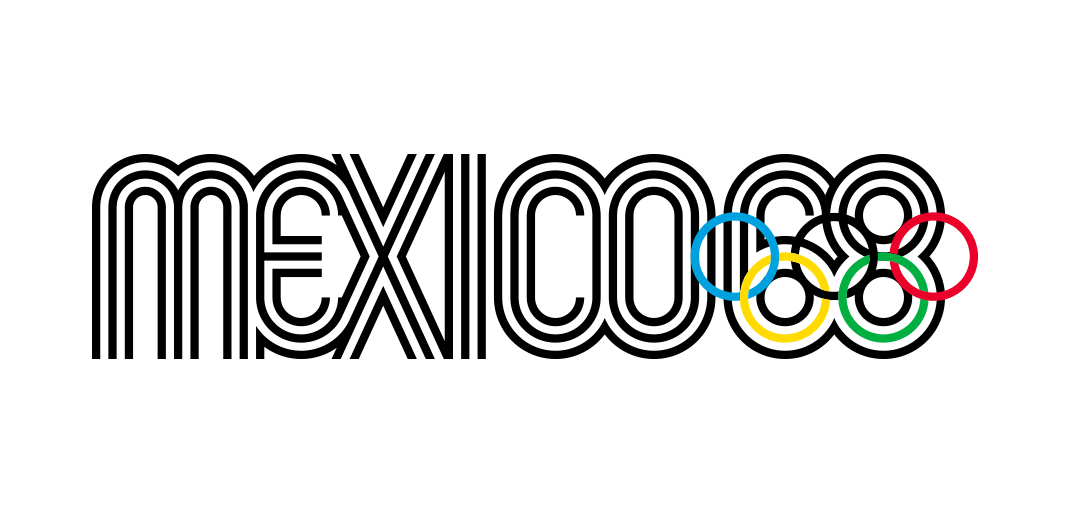10 game-changing tech innovations for 2020
The releases that could shake things up for designers this year.
2019 was another year of rapid technological innovation, bringing us everything from camera-laden smartphones that can outperform laptops in terms of sheer processing power, to a zillion new smart home devices, and then some.
But what was the standout tech for creative professionals in 2019, and what can we look forward to over the next 12 months? Whether you want to turbo-charge your laptop's graphics power with an eGPU, or take your creativity in a new direction entirely with a powerful new workstation, keep reading to find out what's got us hyped in 2020.
For more options, see our guide to the best graphic design tools for 2020.
01. Apple Mac Pro

Apple admitted that its previous 'trash can' Mac Pro design of 2013 had painted it into a thermal corner. Upgrade options suffered as a result, so the company went back to the drawing board to rethink its approach.
Apple talked up its redesigned Mac Pro for two years before finally launching it in December 2019, and most prosumers would agree that, despite the eye-watering entry price, the new high-throughput tower Mac delivers on its promise of offering blistering performance that can make short work of even the most demanding creative tasks.
The much-mocked 'cheese grater' lattice pattern design harks back to the tower Mac Pro of old, but the internals are positively futuristic. The machine uses workstation-class Xeon processors with up to 28 cores with 64 PCI Express lanes, up to 1.5TB of high performance memory, eight PCIe expansion slots, and at the high-end, dual Radeon Pro Vega II Duo GPUs. That should be more than enough to speed up your email and web browsing.
Jokes aside, the new Mac Pro starts at $5,999, so this machine is only for the most serious professional users. Indeed, if you max out a tower Mac on Apple's website, the most expensive setup costs $53,799. (It also recently released the rack mountable version, starting from $6,499.)
02. MSI Creator 17 Laptop with Mini LED Display

MSI used the Consumer Electronics Show 2020 to unveil the Creator 17, which it claims is the "world's very first" laptop to feature a Mini LED display. Sounds neat in theory, but what does it mean in practice?
By adopting much smaller 2mm LEDs for the backlight, the laptop's 17-inch 4K display offers a lot more accuracy than LCD displays that use a traditional LED backlight. For creatives, that's a boon for viewing rich visual content. The tech promises high contrast and HDR using 240 local dimming zones, so that it can dim the backlight behind areas of the screen that are displaying black while keeping the bright parts of the screen bright.
According to MSI, the Creator 17 is also capable of displaying 100 percent of the DCI-P3 color gamut at 1,000 nits brightness, which is the standard benchmark for displaying HDR in all its glory. We might not yet know the internal specs or the price of the machine, but this announcement was all about the Mini LED tech, which could do for laptops what OLED screens did for smartphones.
Excitingly, there's also speculation that Apple's 2020 MacBook and iPad Pros could feature the same game-changing display tech.
03. Apple 16-inch MacBook Pro
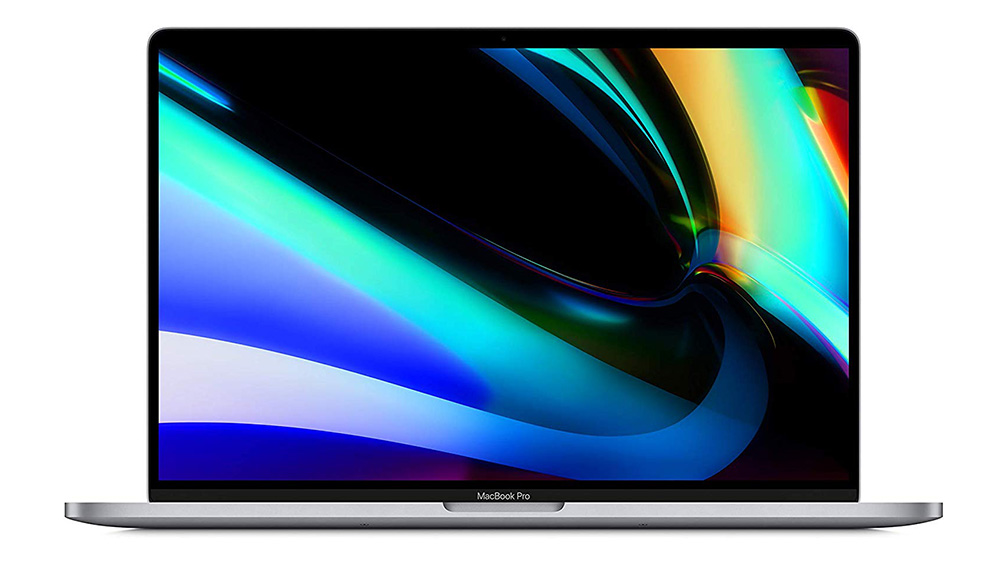
Apple's latest MacBook Pro arrived late in 2019 and is being considered by many as a blueprint for MacBooks to come over at least the next year or two. On the surface, little appears to have changed, but take a closer look and you'll notice that certain key features have been considerably improved with creative professionals in mind.
First off, Apple has slimmed down the bezels to fit a larger screen into the same laptop dimensions, so you get a 16-inch Retina display with 500 nits of brightness and a P3 wide colour gamut. It's also swapped out the controversial butterfly keyboard that dogged previous models and replaced it with a much more reliable scissor switch key mechanism.
As for the internal specs, even the basic option is a bit of a beast. Apple promises up to double the performance of the older 15-inch model, thanks to a 6-core ninth-generation Intel Core i7 processor and a Radeon Pro 5300M graphics card. It's not cheap though, with the base 16GB of RAM and 512GB SSD costing a cool $2,399 (£2,399).
See the best prices right now in the widget below, or, if you don't have your heart set on this model, explore our roundup of the best Apple laptop deals.
04. Microsoft Surface Neo
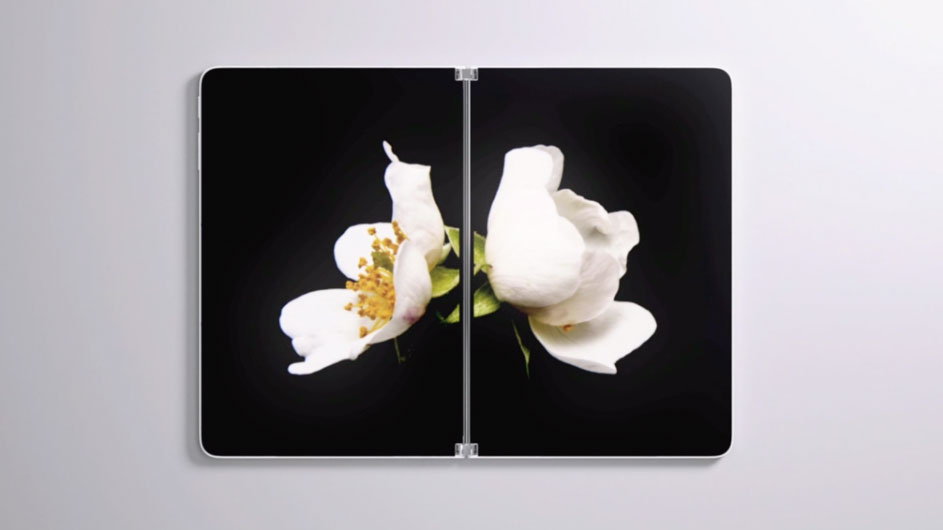
Microsoft unveiled the Surface Neo at an October 2019 press event, but we're still waiting for the dual-screen laptop to get a full launch sometime in the spring. That's only made us even more excited about the Neo, which will run Windows 10X, the tech giant's new operating system optimised for dual-screen devices.
Microsoft claims the the book-like foldable will deliver the "ultimate in mobile productivity", thanks to its two 9-inch screens and 360-degree hinge, which enables it to be turned inside out with the opposing screen acting as a stand. The Neo will come with a pen and detachable keyboard, both of which magnetically attach to the device.
The keyboard sits on top of the lower screen, taking up just over half of its width. That leaves space above the keys for a 'Wonder Bar' (think MacBook Pro Touch Bar) that can be used as a trackpad and will also support Microsoft Ink.
From a digital creative's perspective, the Neo's dual-screen mobile working space could be a boon, allowing artists to work on their project on the main display and access brushes and other virtual toolsets on the Wonder Bar below.
05. Wacom One
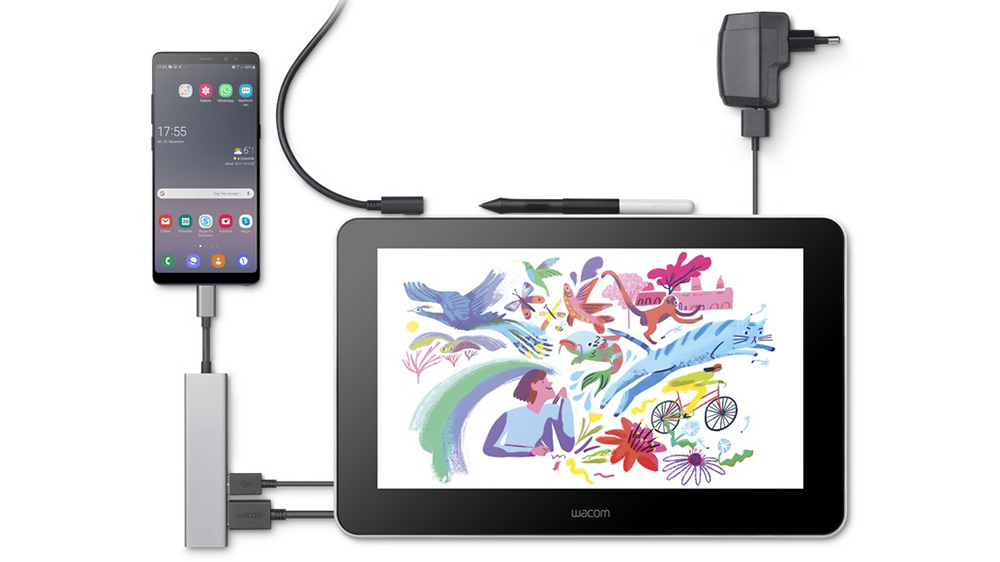
This year's annual CES saw Wacom launch a new 13-inch creative pen display called the Wacom One (not to be confused with the older One by Wacom). It has been created with "creative beginners, social content creators and visual thinkers" in mind, who want to sketch, draw, paint or edit photos at a desk or on the move.
At $399, this the company's most inexpensive tablet yet (see our guide to the best cheap Wacom tablet deals to put that price in context), and offers an unlikely feature for aspiring creatives and entry-level artists who can't afford a laptop but own an Android device.
The Wacom has an active area that is almost a foot wide, offering plenty of space for your creations, and a full HD display on which to view and work on them, but it's not hefty by any means, weighing in at just 2 pounds. Meanwhile the pressure-sensitive pen can mimic a range of pens and brushes – it doesn't need batteries either, so it's lightweight, too.
It comes with three ports providing power, HDMI and USB connectivity, the latter of which comes with support for Android devices. That means if you draw on your smartphone or tablet, you can mirror your work to the Wacom One and continue to fine-hone your project on the larger screen.
06. Apple Pro Display XDR
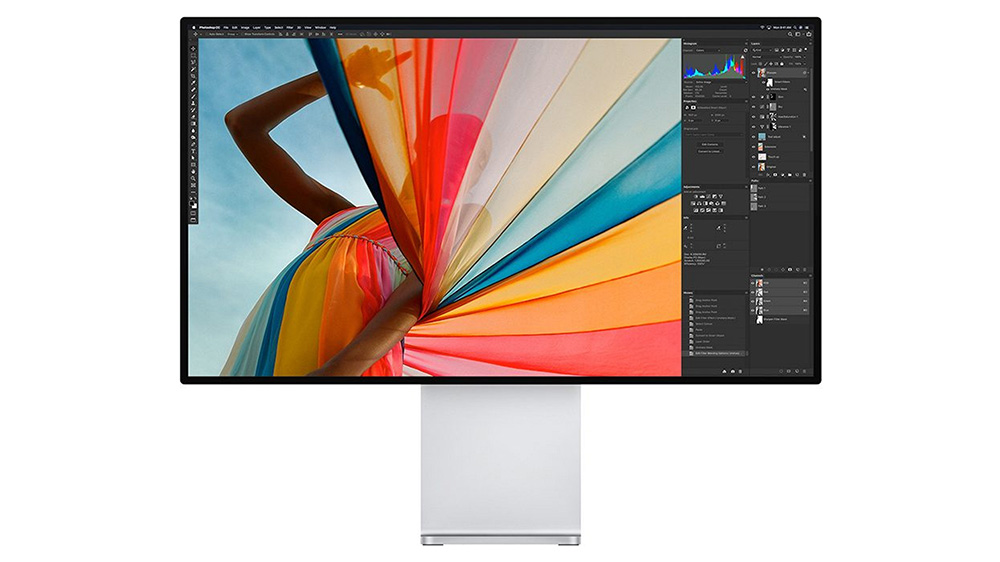
Apple stopped making displays after the Apple Thunderbolt Display, which it discontinued in 2016, but late last year the company returned to the monitor market with the Apple Pro Display XDR, which starts at an eye-watering $4,999 – and that doesn't even include the optional $999 Pro Stand!
The price shouldn't surprise – it is meant to be a companion for Apple's new high-end Mac Pro – but creative professionals with reference display requirements are unlikely to find anything else that even begins to approach the build quality and the amount of research and engineering that Apple has poured into this hardware.
The Pro Display XDR has a 32-inch 6K Retina screen with a 6016 x 3384 resolution that packs in more than 20 million pixels, which combined offer a viewing experience that's 40 percent bigger than the Retina 5K display on a 27-inch iMac. It also features 10-bit and P3 wide color support, 1,600 nits of peak brightness and a sustained 1,000 nits of brightness. Not only that, the monitor's aluminum enclosure features the same advanced thermal system seen on the new Mac Pro, which it connects to using a single Thunderbolt 3 cable.
07. Sketchboard Pro for iPad artists
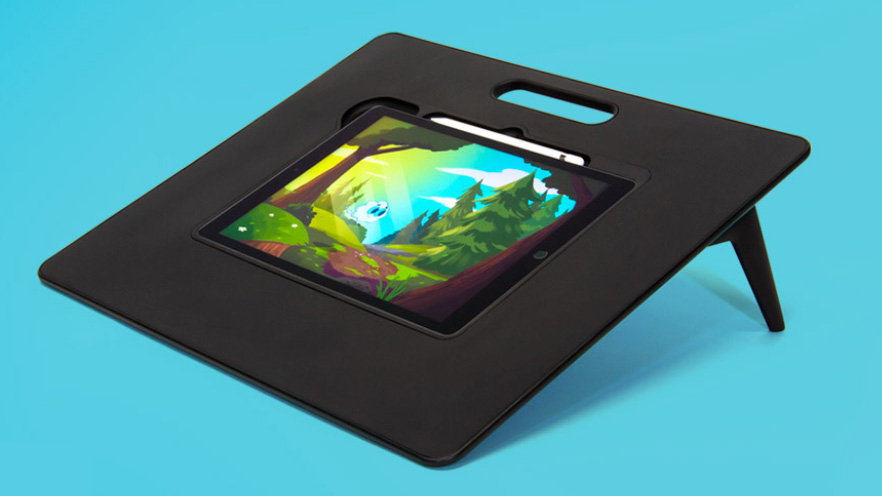
Inspired by the classic illustration sketch boards traditionally used in art school, the Sketchboard Pro is a form-fitted magnetic cradle for an iPad that creates a smooth, flat drawing surface around the screen, offering more comfort and support while drawing.
It can be used flat on a drawing table or propped against a desk, while the legs fold out to provide a more comfortable 20-degree incline on any flat surface in landscape or portrait orientation.
The idea is that with your iPad nestled into the frame, you can make the most of the entire canvas of the screen when drawing, rather than having to rest your hand on other areas of the display. Not only does it promise to give you a fuller view of your art, the makers believe it also has the potential to enhance its quality through fuller use of your arm while drawing, resulting in more flowing lines.
The Sketchboard Pro began life as a crowdfunded project, but it quickly received full backing and is now due to ship in March, retailing at $100 (£77). Find out more on the Sketchboard Pro website.
08. Microsoft Surface Studio 3
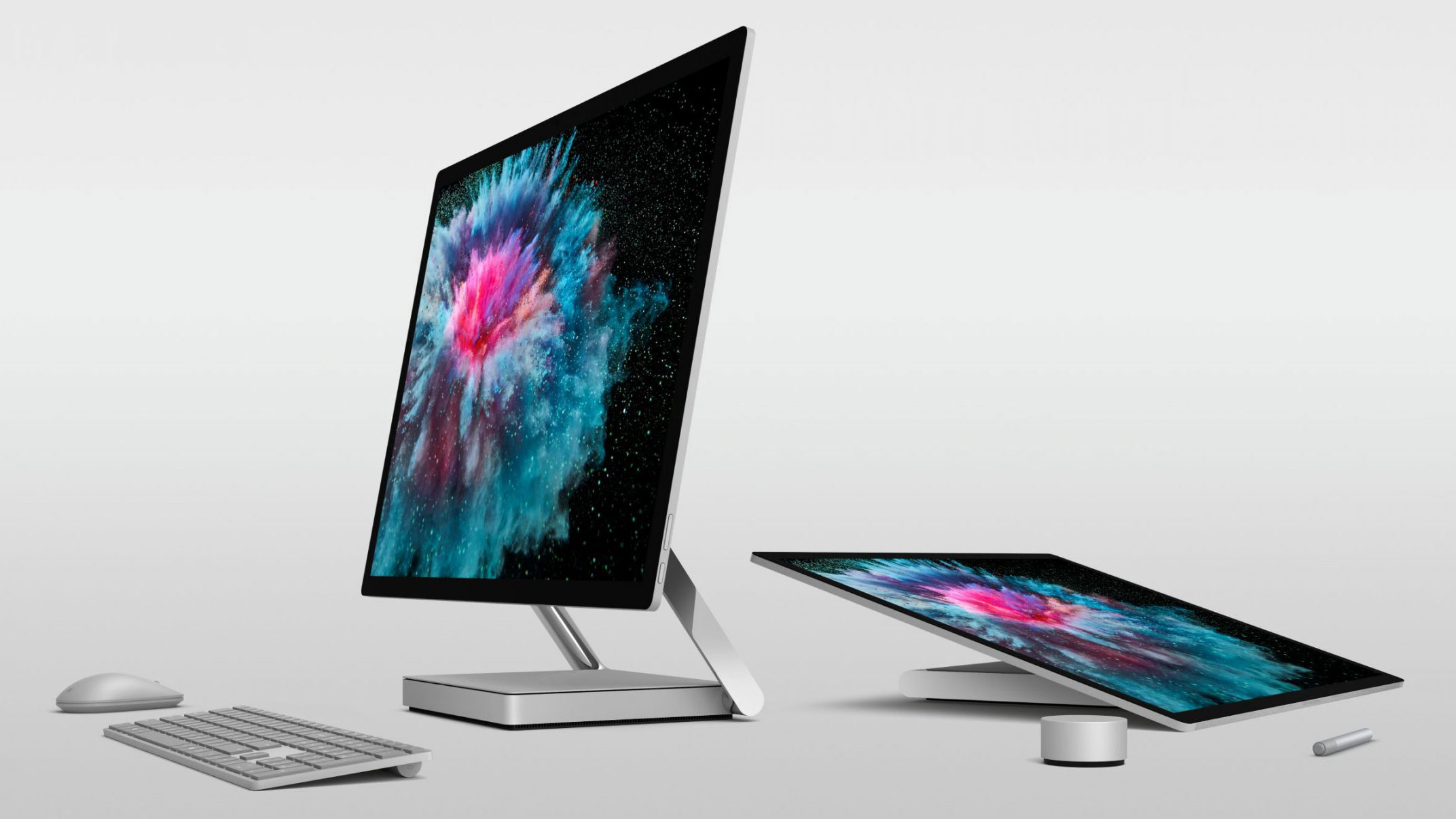
Microsoft hasn't announced the Surface Studio 3 yet, but the lineup appears to be following a two-year upgrade cycle, and there have been some impressive advances in mobile CPU and graphics technology since the Surface Studio 2 was released in 2018 (see the best Surface Studio 2 deals here).
It's too early to say which processor the Microsoft's next all-in-one PC will feature, but the very latest Intel H-series processors wouldn't go amiss. We'd also argue that it's about time Microsoft bit the bullet and embraced Thunderbolt 3 for the next Studio, given that everyone else in the tech world is doing so, otherwise it risks looking long in the tooth the moment it's released.
With its innovative Gravity Hinge and radical puck input device, no one would argue that creating art on the Studio 2's 4,500 x 3,000 PixelSense touch display is an experience not offered by any other company.
However, those internals need seriously beefing up if Microsoft plans on continuing the device, especially if it plans on charging anything like the $3,499 that the Studio 2 costs. So how about it, Microsoft?
09. Acer ConceptD 7 Ezel
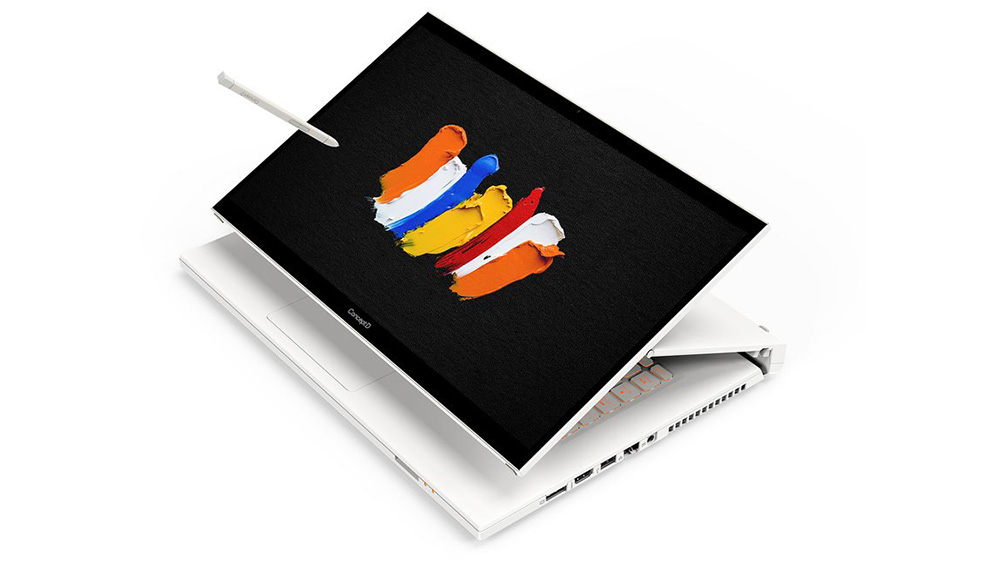
Acer takes its ConceptD PC lineup to the next level in 2020 with 7 Ezel, a convertible notebook with impressive graphics power and a hinge that allows the screen to swivel and rotate in any of five different angles.
The notebook will support the forthcoming 10th generation Intel Core H-series processor, with custom spec options to include NVIDIA GeForce RTX graphics, up to 32GB of DDR4 memory, and up to 2TB of NVMe PCIe solid-state storage.
It comes with two Thunderbolt 3 ports, and SD card slot, and a glass touchpad. Of course, the Ezel also includes a Wacom EMR digital pen and a 4K IPS touchscreen display, making it ideally suited for professionals creating 2D and 3D work.
The Acer ConceptD 7 Ezel launches this year in the US and Europe, starting at $2,699 and €2,499 respectively.
10. OWC Akitio Node Titan eGPU
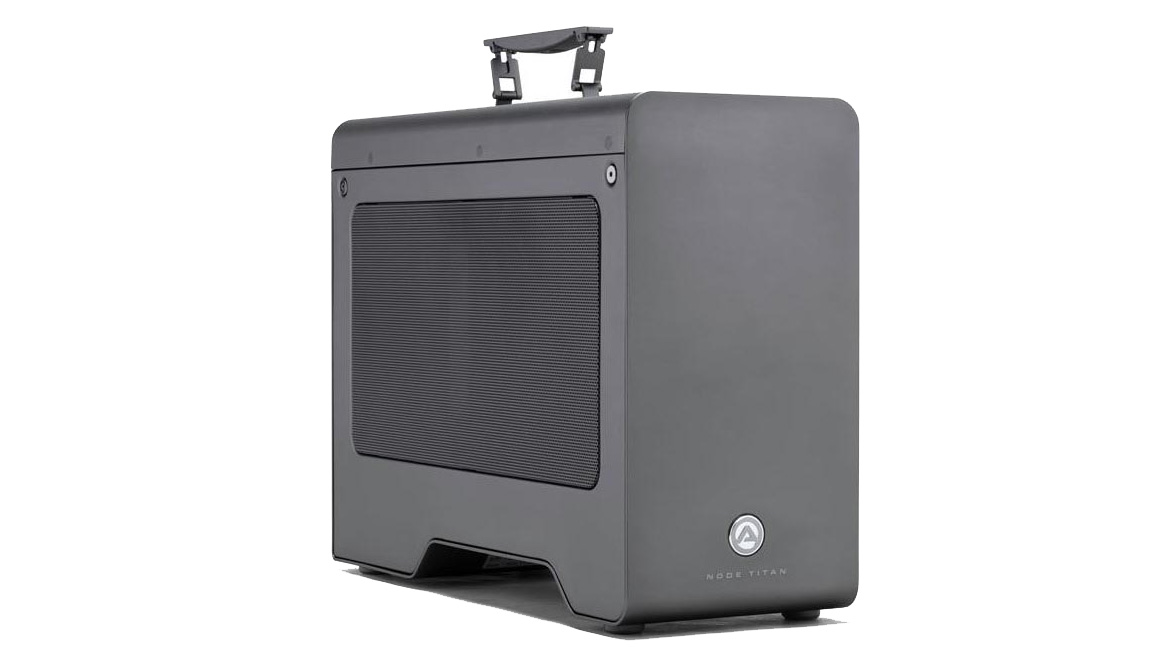
External GPU enclosures, or eGPUs for short, have surged in popularity in recent years, largely thanks to the graphics throughput provided by Thunderbolt interfaces and strong driver support from chip makers like AMD and Nvidia. With a decent eGPU connected, even the thinnest laptop can become a graphical powerhouse, making them appealing to gamers and content creators alike.
OWC's just-announced Akitio Node Titan eGPU is one such example. Its 650W power supply means the box can accommodate power-hungry cards like the Radeon RX Vega 64 and deliver their processing speed to notebooks via Thunderbolt 3, vastly reducing video edit and render times. The Akitio's spacious design means even large double-width graphics cards can be comfortably housed inside, and you can even daisy-chain multiple boxes for demanding workloads.
The Akitio has a retractable carrying handle for easy transport, and provides tool-less access for easy card installation. It's even able to output 85W of power to charge your notebook while you work. The OWC AKiTiO Node Titan should be available in the first quarter of 2020, but we're still waiting information on pricing.
Read more:
- The best cheap Hydro Flask deals in 2020
- Chill out with our pick of the top mindfulness apps
- The best camera phones

Thank you for reading 5 articles this month* Join now for unlimited access
Enjoy your first month for just £1 / $1 / €1
*Read 5 free articles per month without a subscription

Join now for unlimited access
Try first month for just £1 / $1 / €1
Get the Creative Bloq Newsletter
Daily design news, reviews, how-tos and more, as picked by the editors.
Tim is a freelance writer, and has been since 2015. Formerly a magazine journalist for Future, his work has appeared in over 30 newsstand print publications and online brands covering a range of topics, from the latest trends in technology to the mysteries of ancient history.

